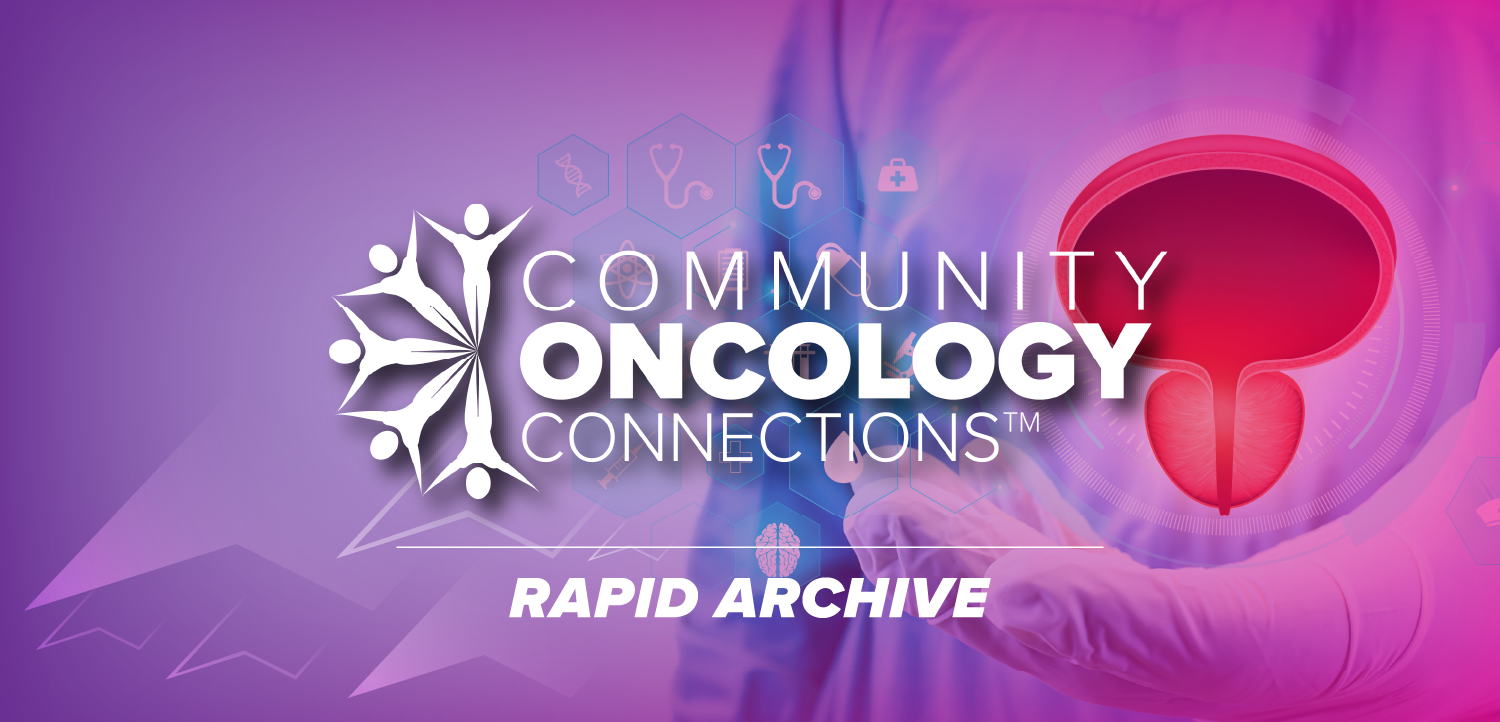ADAC HCIS names new GM following Deady's departure
ADAC HCIS names new GM following Deady's departureFirm on track to roll out Envoi before RSNADespite his apparent status as a rising star, Jay Deady, senior vice president and general manager of ADAC Health Care Information Systems, has
ADAC HCIS names new GM following Deady's departure
Firm on track to roll out Envoi before RSNA
Despite his apparent status as a rising star, Jay Deady, senior vice president and general manager of ADAC Health Care Information Systems, has left the company to pursue other career opportunities. Jim Heisler, who rejoined ADAC HCIS in January as COO, has taken over as general manager and senior vice president of the PACS/RIS provider.
Heisler brings a solid radiology systems background to the position. He originally joined ADAC in 1978 and stayed until 1995, running the company's RIS, x-ray, and radiation therapy businesses. He then spent five years in management positions at other medical-device companies, including serving as president of Dornier Medical Systems.
In his short tenure with ADAC (less than three years), Deady was instrumental in building the HCIS division's core RIS business into a more integrated image and information management systems business. He also secured key strategic partnerships with Cedara Software and Perot Systems that have helped the firm achieve its latest product development and commercialization goals (PNN 11/99, 12/99, 1/00).
In fact, ADAC HCIS is preparing to roll out the commercial version of its Envoi package, an integrated, modular PACS/RIS package first introduced last year. The system is in beta testing and expected to formally launch next quarter, according to Heisler.
Envoi comprises several ADAC products, including QuadRIS; Physician's Desktop, an integrated voice recognition and digital dictation program; Intranet Image Server, which uses a browser-based front end to provide real-time access to images and reports from anywhere on the network; diagnostic and clinical review workstations, supplied through ADAC's relationship with Applicare Medical Imaging (PNN 6/99); and the integrated Workflow Manager, a work-flow engine developed as part of the company's involvement in the DIN-PACS project (PNN 3/99).
ADAC is banking on Envoi to help bolster its sagging RIS revenues. Like most HIS/RIS firms, the company has suffered post-Y2K and related effects for much of this year. Heisler believes that, ultimately, image management and not RIS will be the key to boosting ADAC's position in the radiology market.
"We continue to see some market share improvement in our RIS business, but that marketplace isn't growing at a huge percentage every year," Heisler said. "But image management and PACS is, and we think we are very well positioned to take advantage of that market segment growth."
Unlike most PACS/RIS vendors, which have begun to emphasize enterprise distribution of images and reports as a way to expand their businesses into smaller hospitals and imaging centers, ADAC remains focused on the high-end radiology customer at large academic and medical centers. ADAC claims an 85% market share in the U.S. for multifacility client/server RIS, and the company has been working with many of these customers to help them expand into integrated PACS/RIS.
"We have made the shift from pure RIS to a company that really manages information within radiology," said Lewis Humphrey, product manager for Envoi. "The RIS-centric PACS approach is very important to our business, and the RIS/PACS component is firmly entrenched as a part of what we do."
While ADAC's focus is on the radiology department, however, the Envoi Web server enables images to be distributed across the enterprise, according to Humphrey. In fact, because Envoi relies heavily on existing standards, it can be easily integrated with other systems throughout the hospital. And because it is modular, different components can be integrated with or installed on top of existing RIS or PACS.
"A large proportion of our clients already have a legacy PACS or are seeking a migration path to PACS," Heisler said. "We are taking an open approach to integrating our product to these installed legacy PACS."
Search Again Return To HNN Homepage
Newsletter
Stay at the forefront of radiology with the Diagnostic Imaging newsletter, delivering the latest news, clinical insights, and imaging advancements for today’s radiologists.


























